Japan’s most famous ghost story, Yotsuya Kaidan, is a story about love, loss, and revenge.
When it comes to learning about the culture of a country most people will often look to the history, wars, the culinary delights on offer, but not many people will often think to look toward the mystical and mythical aspects of a country.
However, this can be a great eye-opener for better understanding a country and its people.
One such example is the ghost story in Japan. Yotsuya Kaidan is arguably the most famous ghost story in Japan and has firmly established itself as part of Japan’s culture both throughout time and in modern-day culture thanks to the many adaptations of the story in movies.
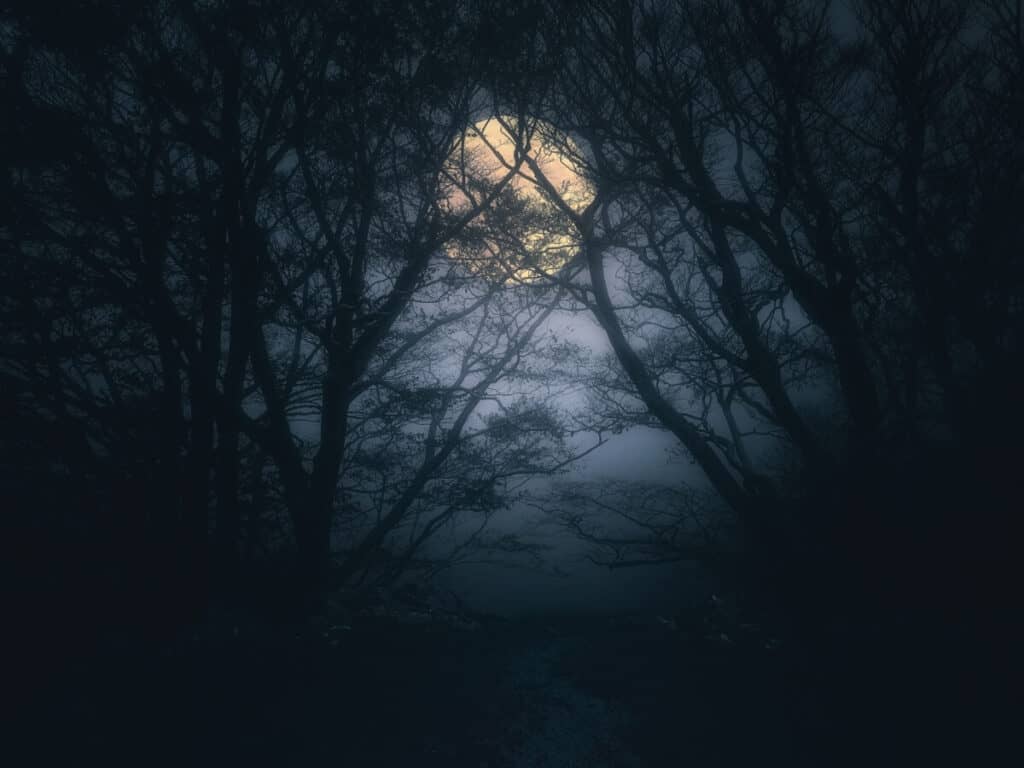
Here we will explore the history of the story, its purpose, and how a ghost story has cemented its place as a cultural landmark in modern-day cinema.
Origins
The story “Yotsuya Kaidan” was written as a play in 1825 by Tsuruya Nanboku IV. The original title of the play was a little bit longer, Tōkaidō Yotsuya Kaidan, which means The Ghost Story of Yotsuya in Tokaido. However, for the sake of ease, the name of the play has become shortened over time to just “Yotsuya Kaidan” which means The Ghost Story of Yotsuya.
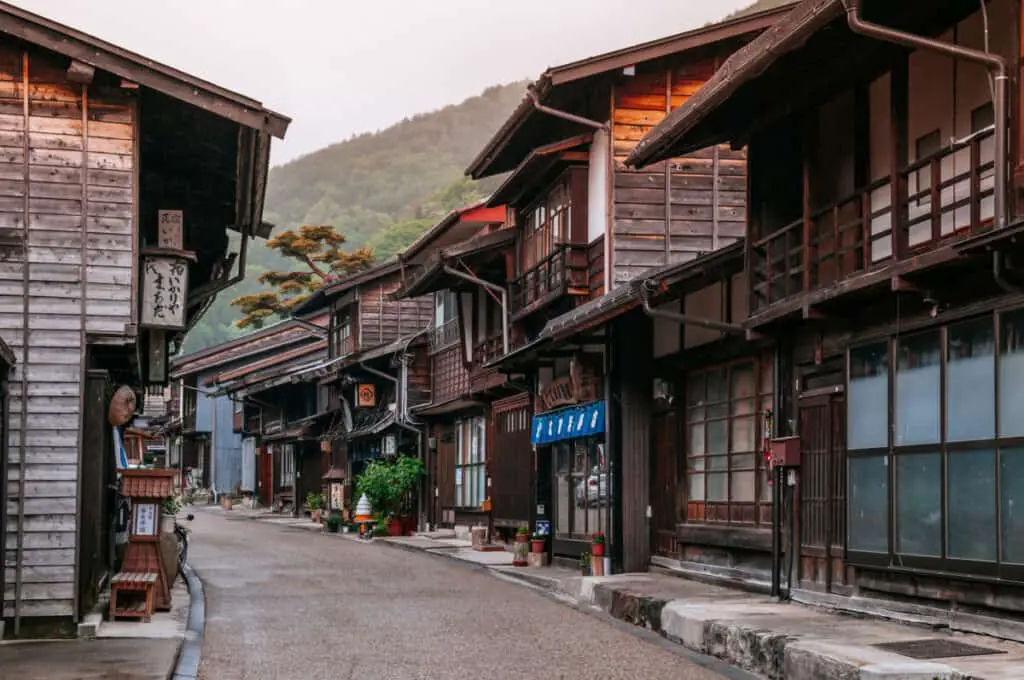
The play was first performed in 1825 in what is now Tokyo, at the time the name for the city was Edo.
The play was a double feature and was performed alongside the well-known and very popular “Kanadehon Chushingura”. Whereas typically a double feature would complete one play before beginning the second, in this case, the decision was made to interweave the two.
The vast majority of the audience was made up of common people and the play found great popularity by including them in the story.
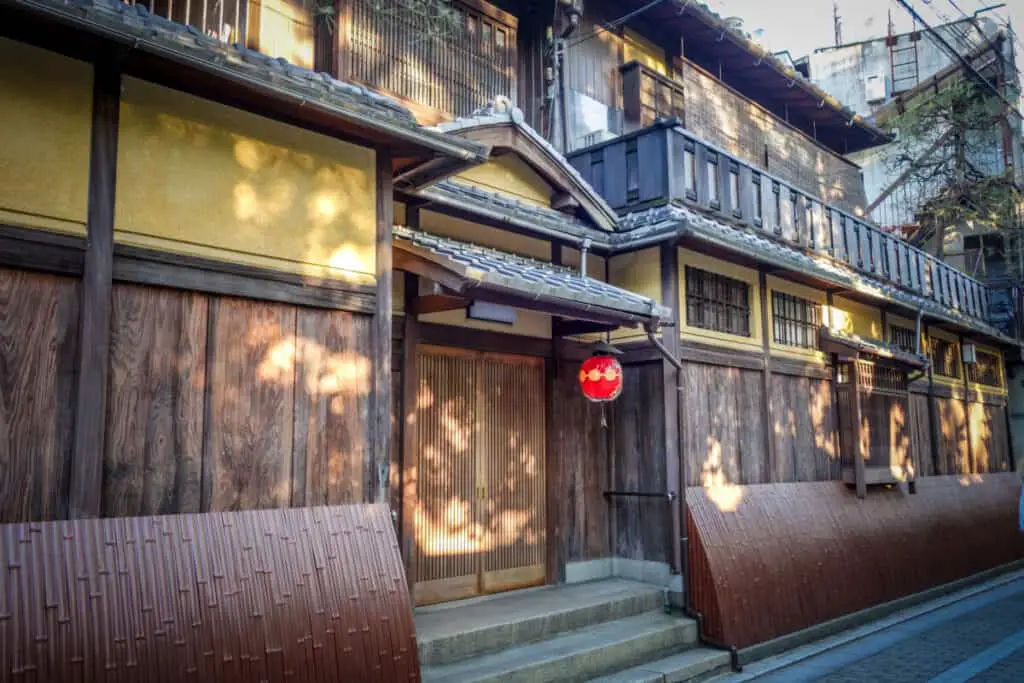
Instead of simply being a tale about ghosts found in the houses of the rich and the temples, the play set the ghosts in the houses of commoners, bring a much more personal aspect to the story that had not occurred before.
The story
Although the story has changed over the years thanks to the multiple adaptations and interpretations of the meaning, the play as it was originally written is still known and recognized. The play is divided into five acts which we will outline here.
Act 1
The play begins following a ronin (a samurai without a master) called Tamiya Iemon who has been asked to break off his relations with Oiwa by his father-in-law Yotsuya Samon. However, this does not go down well with Iemon and he ends up killing his father-in-law.
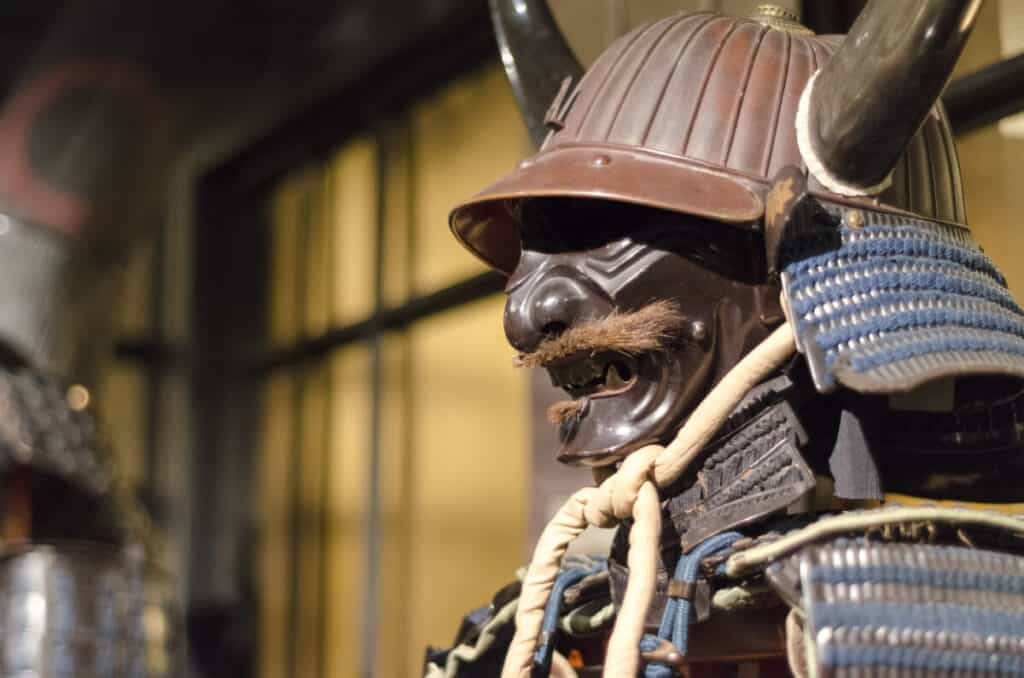
The play then changes direction and focuses on Oiwa’s sister, the prostitute Osode. There is a man called Naosuke who is obsessed with her even though she is already married.
Naosuke is trying to flirt with Osode in the brothel, but when money is requested and he cannot pay he is kicked out.
Enranged, Naosuke accidentally kills his master thinking that he was Osode’s husband.
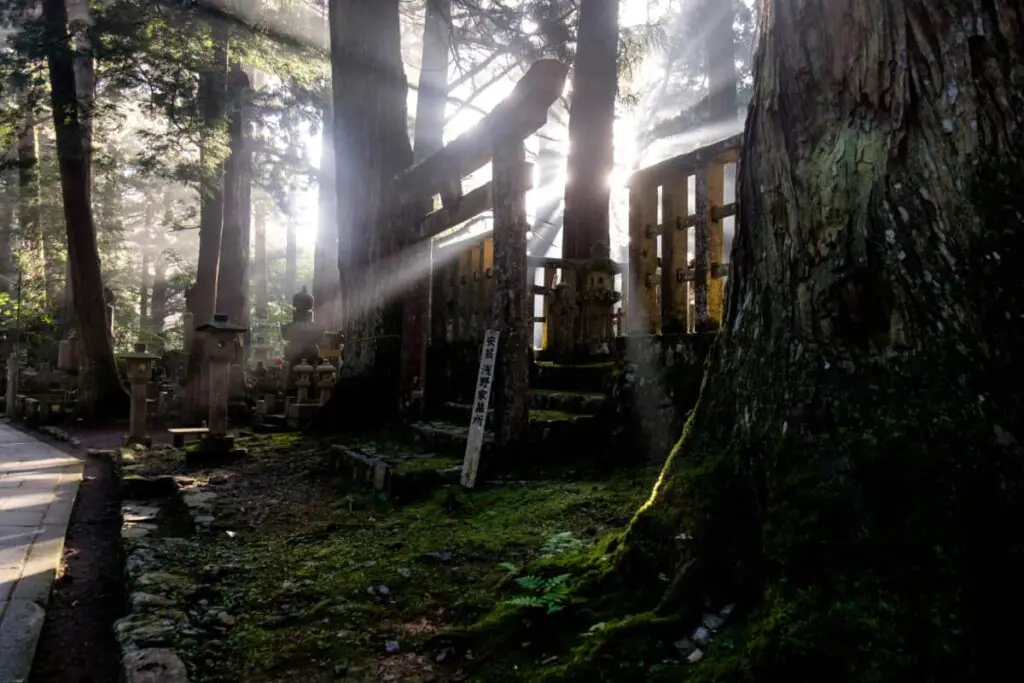
The two men, Iemon and Naosuke agree to join forces and lie to the sisters, telling them that they will revenge their father’s death. This results in Osode agreeing to marry Naosuke.
Act 2
Another girl called Oume enters the play and she is in love with Iemon. However, she thinks that Oiwa is prettier that she will never marry Iemon. However, her grandfather helps her by arranging to have Oiwa disfigured by a toxic cream.
Iemon is now unattracted to Oiwa and decides to get rid of her “honorably” by having her raped, giving him grounds to leave.
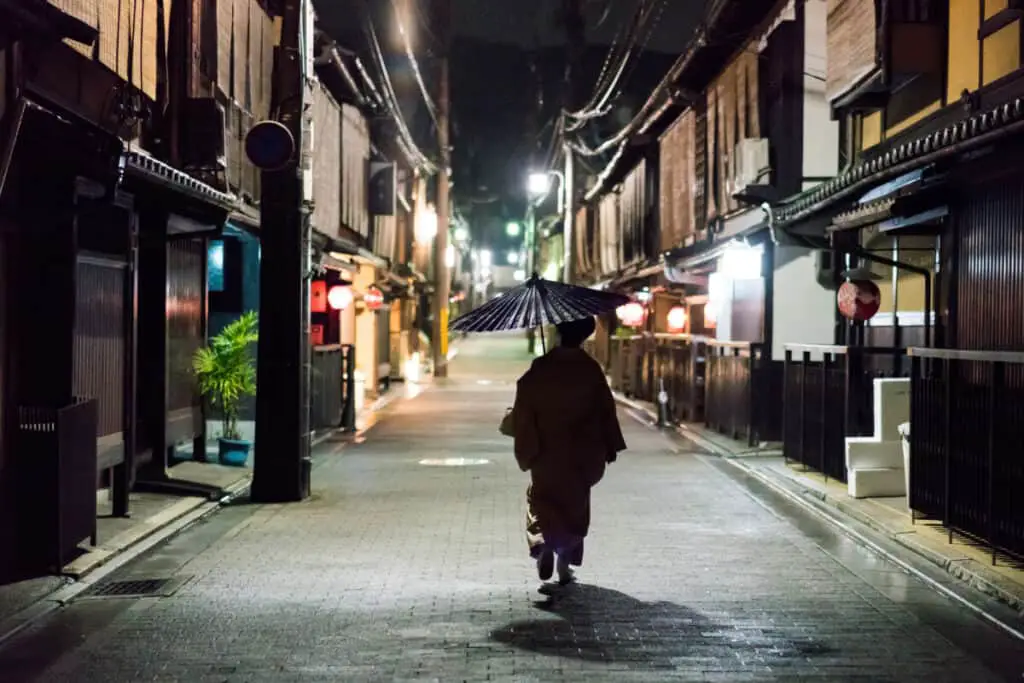
However, the friend cannot follow through with the act, instead of revealing to Oiwa that she was tricked by showing her her face in a mirror.
Upon this realization, Oiwa accidentally kills herself with a sword whilst running toward the door and trying to stop the friend from stopping her.
As she lays bleeding on the floor, Oiwa curses Iemon. Not long after the play shows Iemon becoming engaged to Oume. However, this act ends with the ghost of Oiwa tricking Iemon into killing both Oume and her grandfather on the wedding night.
Act 3
Iemon then continues to kill the rest of Oume’s family. He kicks her mother into the canal and their servant drowns accidentally as a result. Then Naosuke arrives on the scene disguised as an eel vendor and tricks Iemon into giving him a valuable document.
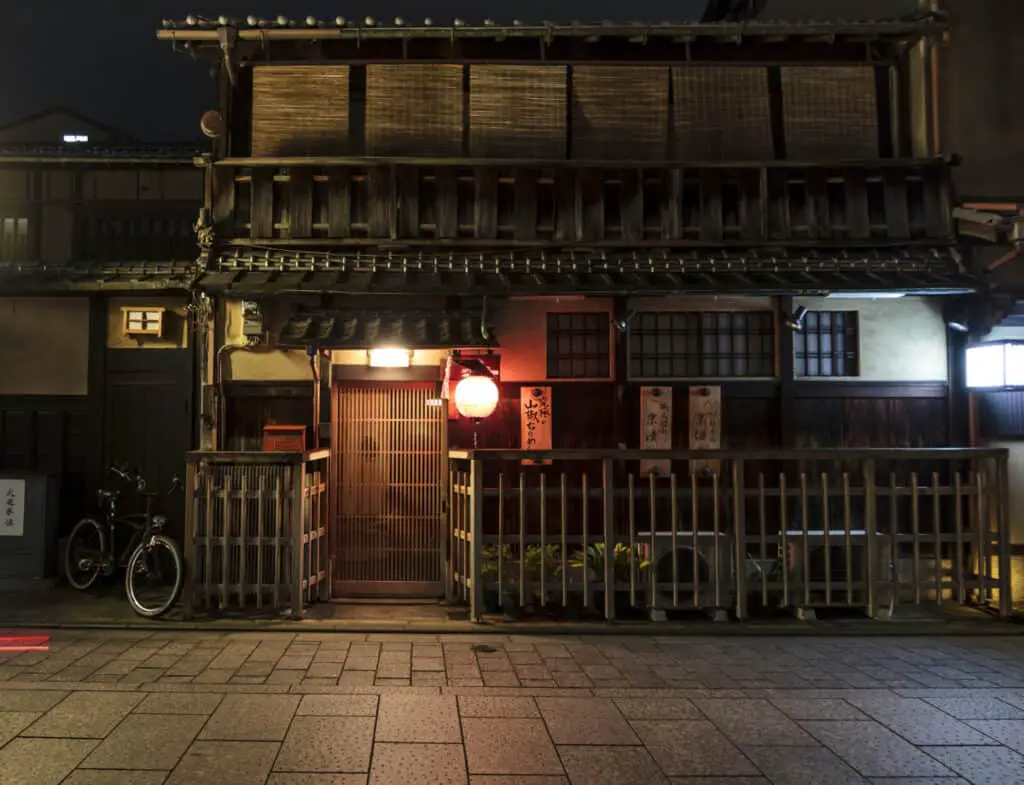
We then see Naosuke and Yomoshichi (the man that Naosuke tried to kill but mistook another man for him) fighting for possession of a piece of paper in the dark.
Act 4
We see Naosuke trying to pressure Osode into consummating their marriage but she refuses. Yomoshichi arrives and then accuses Osode of committing adultery. She then believes that the two men should kill her as atonement for her actions.
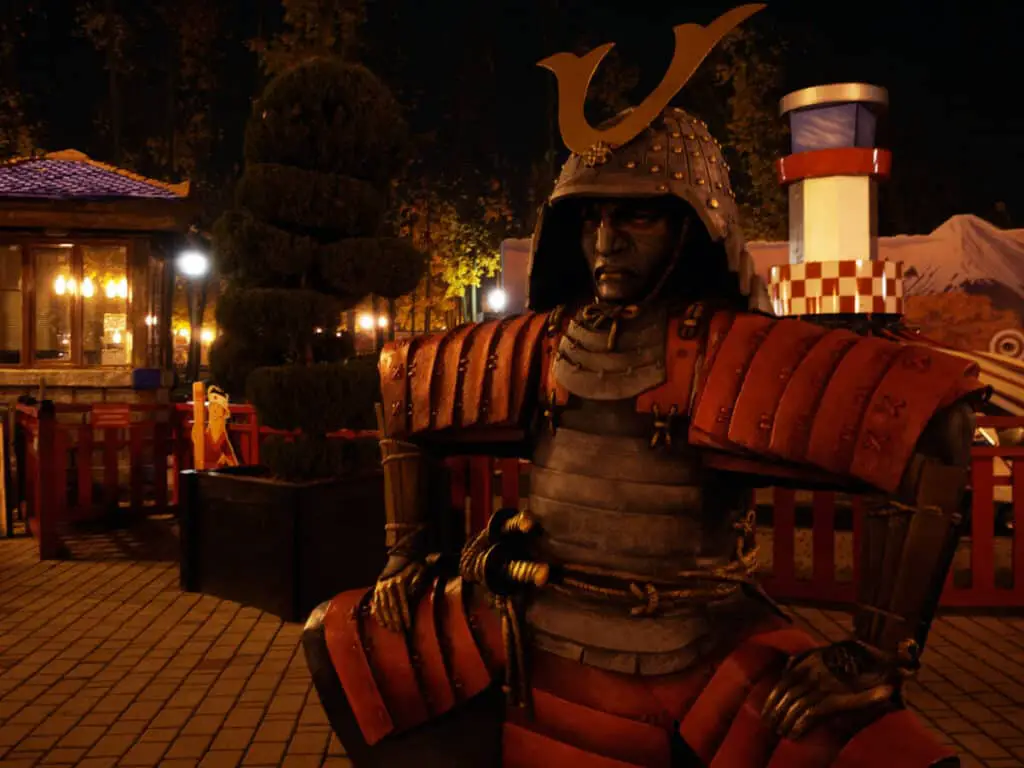
However, upon her death Naosuke finds a note from Osode explaining that she was actually his little sister. Plagued with guilt both about the death of Osode and his old master Naosuke kills himself.
Act 5
Iemon is still haunted by Oiwa’s ghost and attempts to flee, hiding in the mountains. We see the line between dream and reality blur as Iemon’s madness overtakes him, consumed by the thought of Oiwa’s ghost.
The play ends with Yomoshichi killing Iemon both as an act of revenge and as an act of compassion.
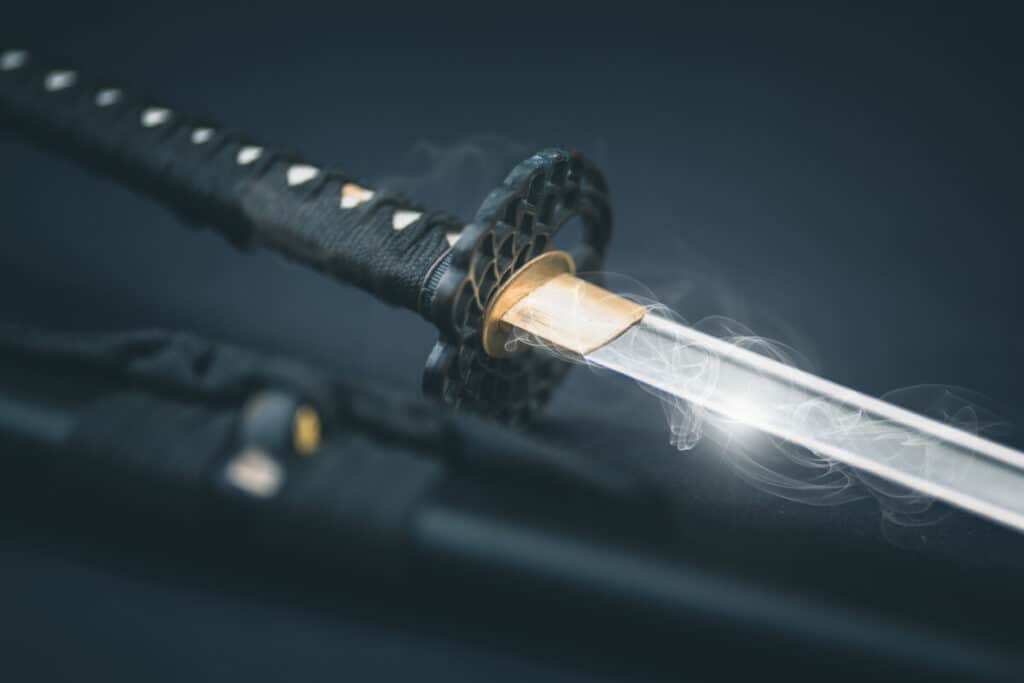
Adaptations
Since its debut in 1825, this ghost story has been adapted into modern films numerous times. The very first film was produced in 1912 and sparked a long run of adaptions.
In fact, there were 18 filming sessions between 1913 and 1937. Commonly considered to be the best adaptation of the ghost story, Shintoho Studio’s 1959 version remains popular to this day.
1959 Movie Trailer of Yotsuya kaidan
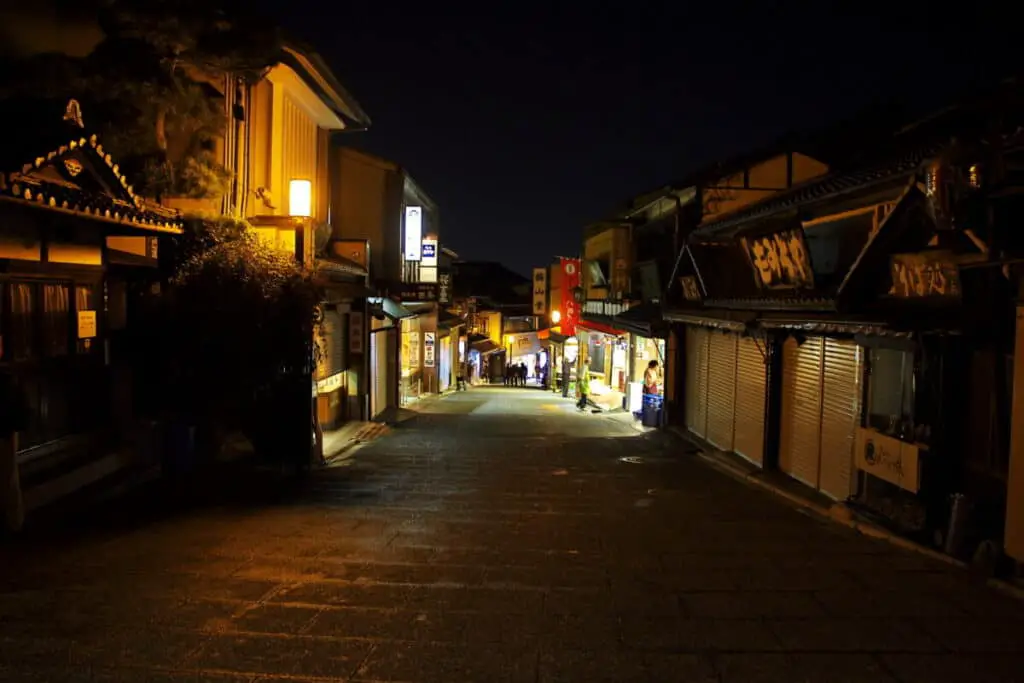
However, the story has also been adapted for television including as a TV drama and an anime series.
Those working on the adaptations typically visit Oiwa’s grave to pay respects out of feat that they too will be haunted by her ghost.









